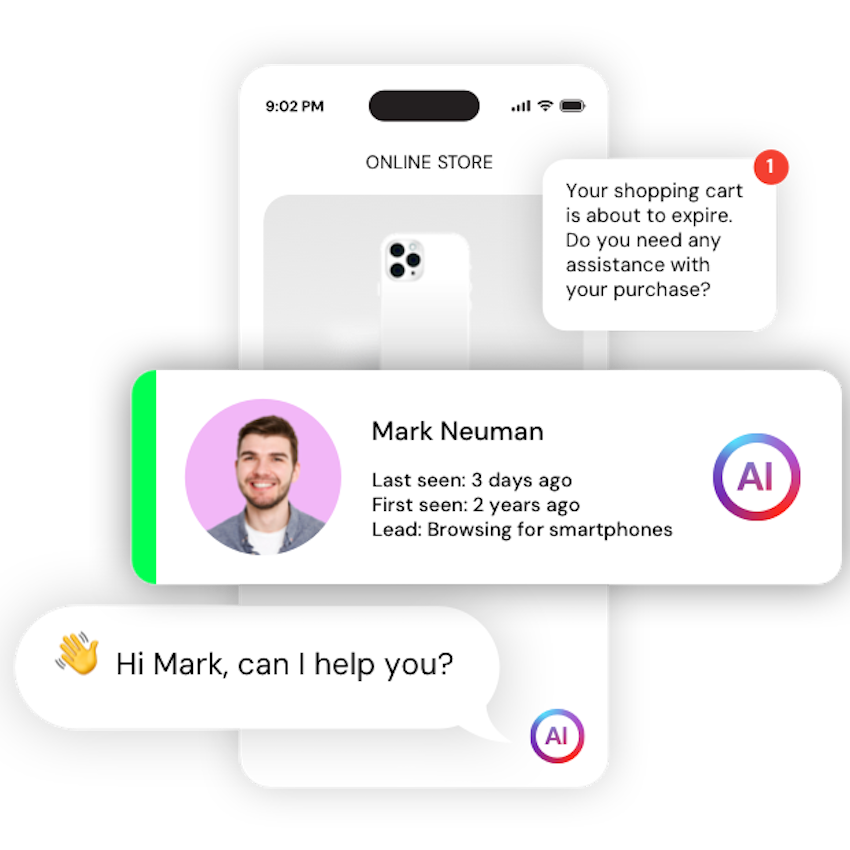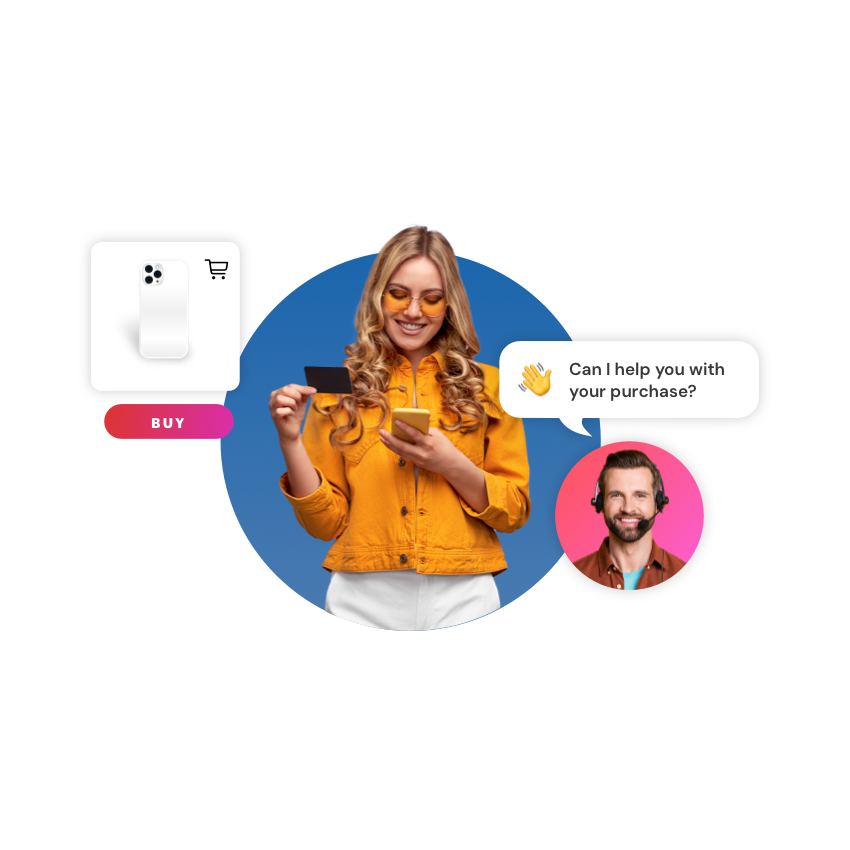Can the drop boost my digital marketing strategy?
A “drop” is an online marketing strategy that comes from the fashion world, and perfected by New York-based skater brand Supreme. Supreme releases limited-edition runs of 5-15 new products every Thursday at 11 am, using a digital strategy borrowed from Japanese streetwear culture. There are no advance previews of the items; it’s all about surprise. Scenesters in search of the hippest new t-shirts, sneakers, and hats - plus quirky accessories like hair clippers and boxing gloves - flock to these weekly events to buy, then spread the news via social media, leading to skyrocketing demand. Supreme's 2017 valuation was over $1B, fueling expansion to Los Angeles, London, Tokyo, and2020 for $2.1B. Scarcity sells.
Mainstream retail marketing channels have taken notice and adapted their strategy. 2017 was considered “the year of the drop,” with global B2C companies like Adidas, Nike, H&M, and Target all releasing limited-edition celebrity-designed products or collaborations with top fashion designers. to produce a collection of blazers, gowns, and jackets that sold out in just minutes. Kanye West created his Yeezy line for Adidas. The Yeezy Boost 350 V2 in “semi-frozen yellow” – priced at $220 – sold out in less than 30 seconds. a “pop-up” collaboration with Supreme that represents the ultimate merging of hip-hop culture with high fashion. The drop is hot.
Why should the drop be part of my digital marketing strategy?
Every major fashion house, designer, and department store, it seems, is now scrambling to incorporate the drop into their digital marketing strategy. British heritage brand Burberry recently announced it will pursue a “limited-edition capsule collection” under new chief creative officer Riccardo Tisci. Italian skiwear has its "genius" program, with limited-edition down jackets specially produced for the brand every month by different world-famous designers.New York Fashion Week altogether to focus exclusively on regular “deliveries.” a two-day event at its Madison Avenue flagship store with 40 in-store “activations,” with Macy's quickly following suit.
The drop isn’t just for fashion marketing. It’s a trend that’s rapidly spreading to other industries. The travel app a “Daily Drop” feature where consumers can swipe to unlock an ultra-discounted rate good for only 15 minutes. It’s easy to imagine marketers rolling this out to other on-demand digital applications, particularly food delivery, event booking, ride sharing, maybe even online dating. The era of discounting is done. In the new reality of online marketing, it’s all about the limited time offer and capturing customer attention to drive sales.
It’s also about mastering social media marketing. a compelling case study as the first brand to launch a new product via Snapchat. On the popular online show “Fashion 5 Ways,” Adidas offered a pre-release of its Falcon W sneaker that users could buy just by swiping up. This is part of the company’s strategy of appealing to younger, female consumers (Kylie Jenner is a brand ambassador) and led to the brand's logo becoming the most shared on social media – ahead of Nike, Puma, and Under Armour – with sales up 16% last year.
To compete in eCommerce digital marketing, it's time to embrace the drop. That means high-quality content that can be rolled out in real-time across all social media channels, especially Instagram and Snapchat. It means syncing seamlessly with backend inventory management systems to monitor inventory levels. It means tracking and communicating with top digital influencers (also) to gauge and influence buzz. It means tools to help forecast demand, to make sure the right products are released at the right time, and the ability to display the right content for any device: from the latest wearables to in-store high-def displays. In other words, it means some serious technical challenges.
How can I master the drop?
The best approach is to employ a content management system (CMS) that allows for maximum flexibility by separating content assets from presentation. This means a CMS that organizes text and rich media using a semantic structure rather than visual design practices, allowing digital content to be rendered instantly by any web-enabled device in the proper format. The best CMS is one that comes with robust pre-configured integrations with the major commerce platforms provided by IBM, SAP, and Salesforce for proper inventory management. Plus, a CMS based in the Cloud allows for easy collaboration across global teams.
CoreMedia has been pioneering these kinds of CMS developments for more than two decades. Leading global brands rely on the company’s platform to create and innovate, including media companies like Axel Springer, major manufacturers like Continental and TDK, and fashion brands like Luxottica and the Yoox Net-a-Porter Group. In response to customer demand, CoreMedia combined its portfolio of offerings into a single product: CoreMedia Content Cloud. It’s a solution built for the future, and for the fastest-growing brands who need it now.
Move your brand from cookie-cutter to iconic
But there’s more to consider than just the technical. The drop is for ambitious brands who want to get away from cookie-cutter branding and become iconic. Consider the case of Their clothing is nothing special, but consumers will stand in line for hours to get the brand’s recognizable logo. Some customers even pay $1,500 on the resale market for a $32 t-shirt emblazoned with the rare Brooklyn box logo. Why? Because the logo conveys status: it indicates the wearer is not only someone in the know but the owner of something scarce. This exclusivity boosts brand awareness and creates obsessive customers. One Supreme collector, the London DJ Ross Wilson, owns over 500 different branded t-shirts. Who are your obsessive fans?
The drop is here to stay. It’s the cutting edge of cool and might just represent the future of eCommerce marketing. And brands that master this tactic will win.
So, what’s your game plan?










